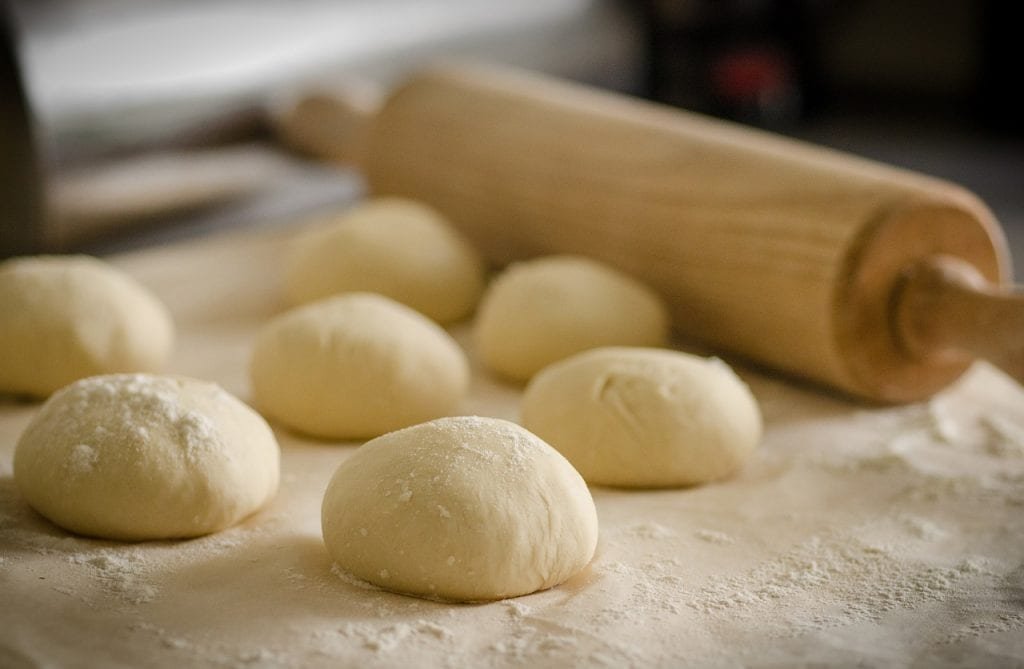Pizza, a beloved comfort food known for its delicious combination of dough, sauce, cheese, and toppings, has evolved to accommodate modern dietary preferences and health-conscious lifestyles. While traditional pizza styles are cherished for their indulgent flavors, contemporary trends in healthy eating have spurred innovation in pizza-making, leading to the emergence of healthier alternatives. This article explores modern trends in healthy pizza options, highlighting ingredient substitutions, preparation methods, and nutritional considerations that cater to diverse dietary needs.

Gluten-Free Crusts
One of the most significant trends in healthy pizza options is the availability of gluten-free crusts. Gluten-free diets are essential for individuals with celiac disease or gluten sensitivity. Traditional pizza dough, made from wheat flour, is replaced with alternative flours such as rice flour, almond flour, chickpea flour, or a blend of gluten-free grains. These crusts offer a lighter texture and allow individuals with gluten intolerance to enjoy pizza without compromising on taste.
Cauliflower Crust Pizza
Cauliflower crust pizza has gained popularity as a low-carb and gluten-free alternative to traditional pizza crusts. Made from finely grated cauliflower, eggs, cheese, and seasonings, cauliflower crusts are baked until crispy and golden. This option significantly reduces the carbohydrate content compared to wheat-based crusts while providing additional fiber and nutrients from cauliflower, making it a favorite among keto and low-carb enthusiasts.
Whole Wheat and Whole Grain Crusts
For those seeking a healthier pizza option without eliminating gluten entirely, whole wheat or whole grain crusts offer a nutritious alternative. Whole wheat flour retains the fiber and nutrients found in the entire grain, providing a higher level of satiety and promoting digestive health. Whole grain crusts may incorporate ingredients like whole wheat flour, oats, quinoa, or spelt flour, offering a hearty and wholesome base for pizza toppings.
Plant-Based and Vegan Pizzas
Plant-based and vegan pizzas cater to individuals following a vegetarian or vegan diet, as well as those looking to reduce their intake of animal products. These pizzas substitute traditional meat and dairy ingredients with plant-based alternatives such as vegan cheese, tofu, tempeh, plant-based meats (like Beyond Meat or Impossible Foods), and a variety of fresh vegetables and herbs. These options are lower in saturated fat and cholesterol while providing essential nutrients and promoting environmental sustainability.
Lighter Cheese and Toppings
Modern healthy pizza options often feature lighter cheese options or reduced amounts of cheese to lower saturated fat and calorie content. Fresh mozzarella, goat cheese, or dairy-free cheeses made from nuts or soy are popular alternatives that still offer creamy textures and savory flavors without the excess calories. Toppings such as lean proteins (like grilled chicken or turkey), fresh vegetables, and herbs add nutrition and flavor while keeping the pizza balanced and satisfying.
Mediterranean and Artisanal Ingredients
Inspired by the Mediterranean diet, which emphasizes fresh vegetables, olive oil, herbs, and lean proteins, Mediterranean-style pizzas have gained popularity for their health benefits and vibrant flavors. Toppings like roasted red peppers, artichokes, olives, spinach, and feta cheese provide a nutrient-rich combination that is both delicious and heart-healthy. Artisanal pizzas often feature locally sourced ingredients, organic produce, and sustainable meats, appealing to consumers who prioritize quality and environmental stewardship.
Nutritional Considerations
When choosing healthy pizza options, consider the following nutritional aspects:
- Calorie Content: Opt for pizzas with lighter crusts and moderate cheese and topping portions to manage calorie intake.
- Sodium: Be mindful of sodium levels in sauces, cheeses, and processed meats. Choosing fresh vegetables and lean proteins can help reduce overall sodium content.
- Fiber: Choose crusts made from whole grains or vegetables to increase fiber intake, promoting digestive health and enhancing satiety.
- Nutrient Density: Incorporate nutrient-dense toppings like colorful vegetables, lean proteins, and heart-healthy fats to enhance the nutritional value of your pizza.
Conclusion
In conclusion, modern trends in healthy pizza options reflect a growing demand for alternatives that cater to diverse dietary preferences and nutritional goals. Whether it’s gluten-free crusts, cauliflower crusts, plant-based toppings, or Mediterranean-inspired ingredients, these innovations allow pizza lovers to enjoy their favorite dish while making choices that support health and well-being. By incorporating fresh, nutrient-rich ingredients and mindful preparation methods, pizzerias and home cooks alike can contribute to a culinary landscape that celebrates both taste and nutrition, ensuring that pizza remains a beloved and nutritious meal option for years to come.




